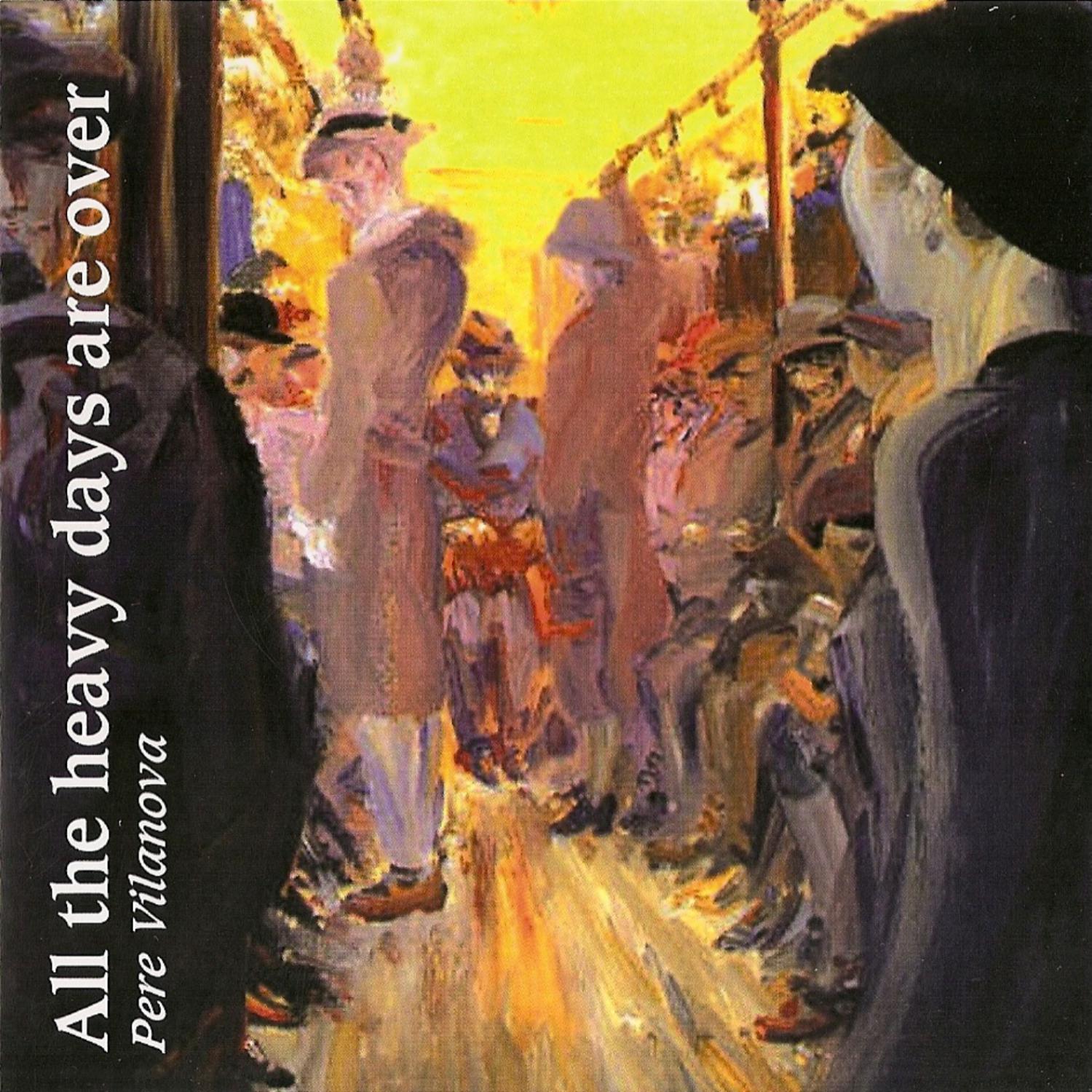"Exploring the Masterpieces of St Peter Painting: A Journey Through Art History"
**St Peter Painting** (圣彼得画作)#### Introduction to St Peter PaintingThe **St Peter Painting** has captivated art enthusiasts and historians alike for centuri……
**St Peter Painting** (圣彼得画作)
#### Introduction to St Peter Painting
The **St Peter Painting** has captivated art enthusiasts and historians alike for centuries. This iconic representation of Saint Peter, one of Jesus Christ's apostles and a foundational figure in Christianity, is not just a religious symbol but a masterpiece that reflects the artistic styles and cultural contexts of its time. From the Renaissance to Baroque, the depictions of St Peter have evolved, showcasing the genius of various artists who sought to capture the essence of this significant biblical character.
#### The Historical Context of St Peter Painting
To fully appreciate **St Peter Painting**, one must consider the historical backdrop against which these artworks were created. The Renaissance period, marked by a revival of classical learning and wisdom, saw artists like Raphael and Caravaggio bring new techniques and perspectives to their work. The portrayal of St Peter during this time often emphasized his role as the 'rock' of the Church, utilizing dramatic lighting and emotional depth to convey his importance in Christian theology.

#### Famous Artists and Their Contributions
Several renowned artists have created notable **St Peter Painting** pieces. For instance, Michelangelo’s frescoes in the Sistine Chapel include a stunning portrayal of St Peter, showcasing his authority and spiritual significance. Similarly, Caravaggio's interpretation brings a raw, human quality to the saint, emphasizing his struggles and faith. Each artist’s unique style and interpretation contribute to a rich tapestry of St Peter's representation in art history.
#### Symbolism in St Peter Painting
The symbolism embedded in **St Peter Painting** is profound. Often depicted with keys, which represent the keys to Heaven, St Peter's imagery serves as a reminder of his role as the gatekeeper of the Church. Additionally, the use of light and shadow in these paintings often symbolizes the struggle between faith and doubt, reflecting the complexities of the human experience in relation to divine belief.

#### Modern Interpretations and Influence
In contemporary art, the legacy of **St Peter Painting** continues to inspire new generations of artists. Modern interpretations often challenge traditional depictions, using abstract forms or mixed media to explore themes of faith, identity, and spirituality. This evolution demonstrates the enduring relevance of St Peter's figure in both religious and secular contexts.
#### Visiting Museums and Exhibitions
For those interested in experiencing **St Peter Painting** firsthand, numerous museums and galleries around the world house these masterpieces. The Vatican Museums, for instance, offer an unparalleled collection of artworks featuring St Peter, allowing visitors to immerse themselves in the rich history and artistry that surrounds this central figure in Christianity.

#### Conclusion: The Enduring Legacy of St Peter Painting
In conclusion, the **St Peter Painting** is more than just a depiction of a saint; it is a reflection of the artistic, cultural, and spiritual narratives that have shaped our understanding of faith over the centuries. As we continue to explore and appreciate these works, we gain insight not only into the life of St Peter but also into the evolution of art itself. Whether through historical analysis or modern reinterpretation, the legacy of St Peter remains a vital part of our cultural heritage, inviting us to engage with the deeper meanings behind the brushstrokes.